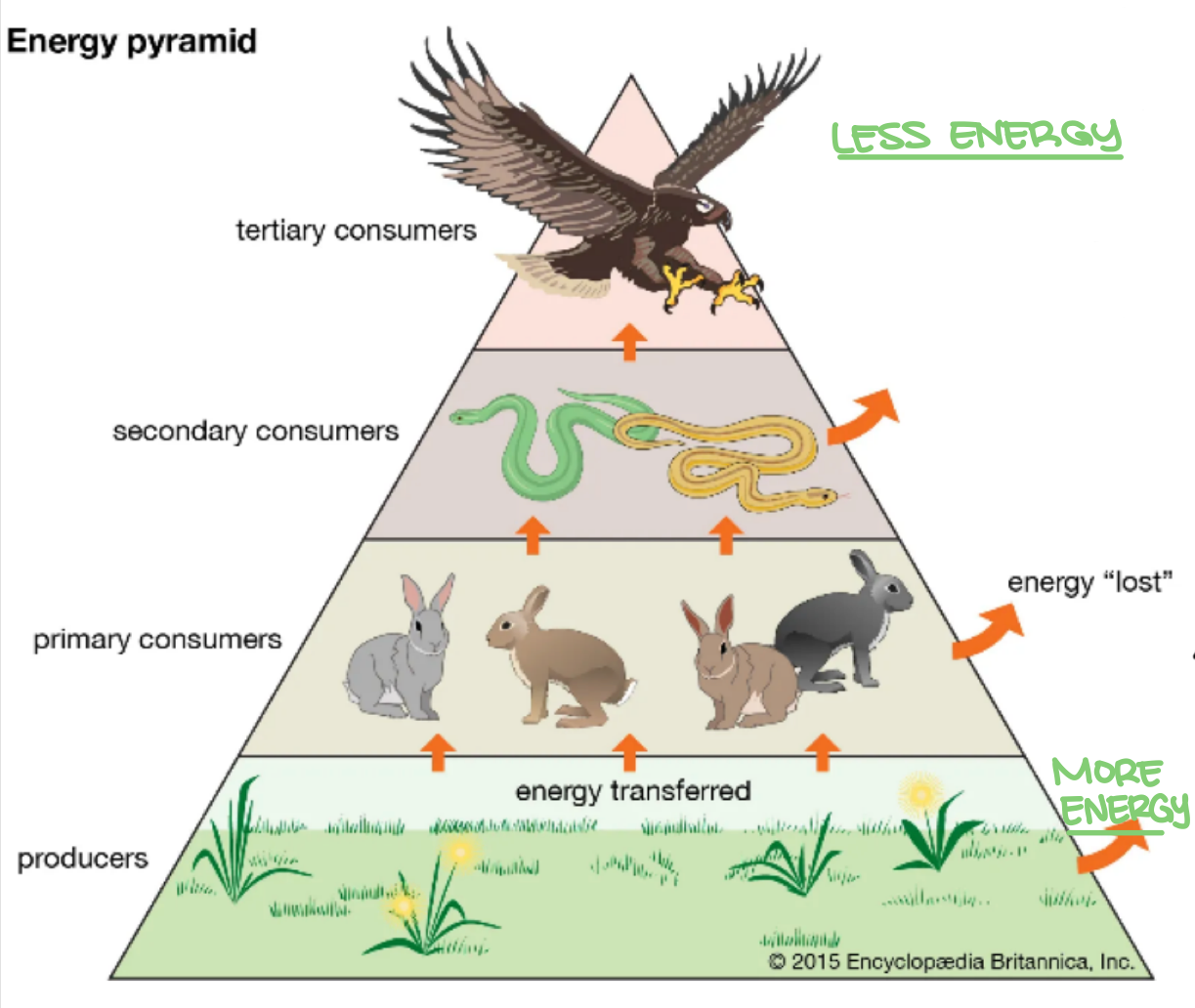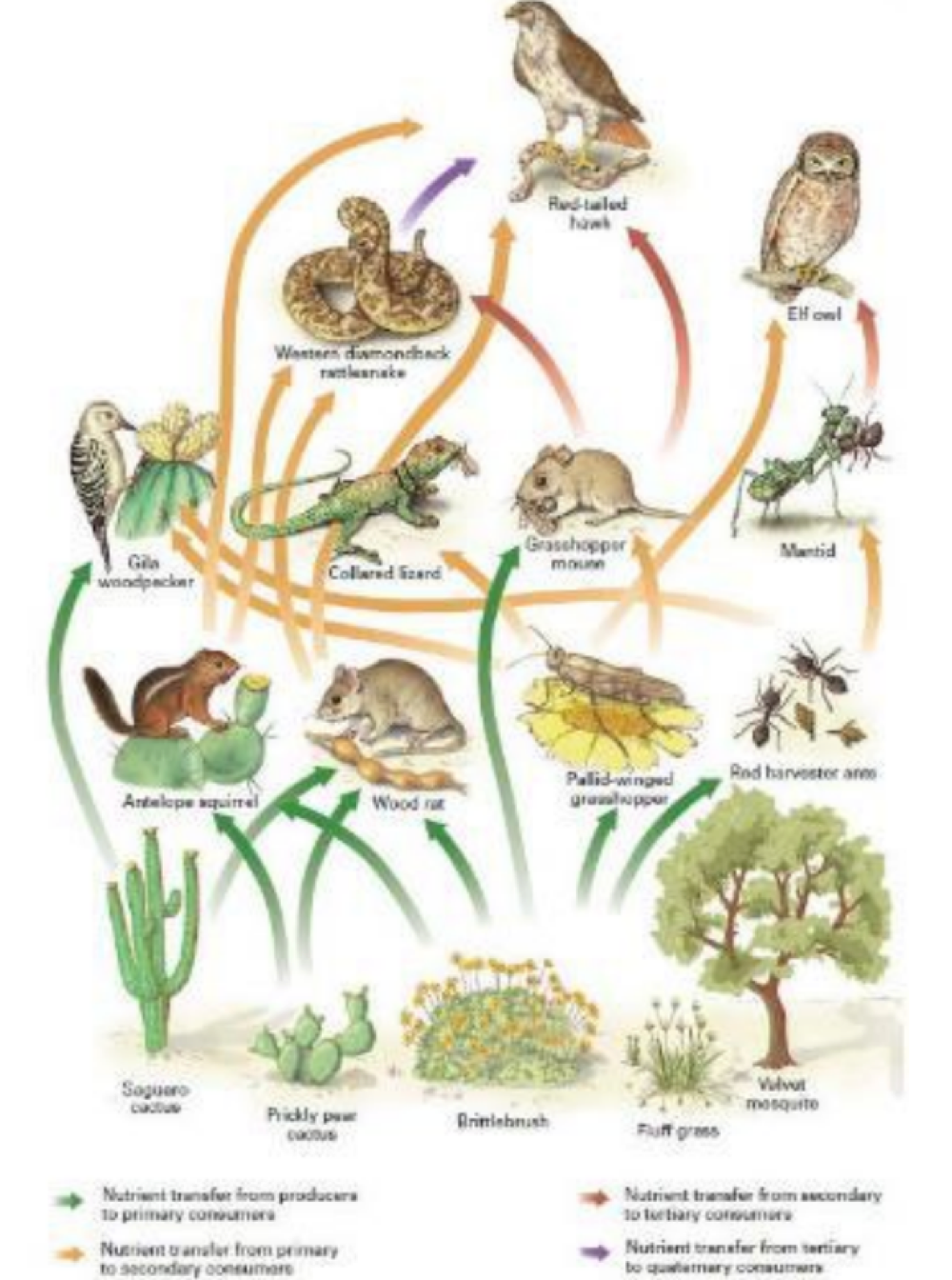Chapter 44: Ecology and the Biosphere
1/13
There's no tags or description
Looks like no tags are added yet.
Name | Mastery | Learn | Test | Matching | Spaced |
|---|
No study sessions yet.
14 Terms
this is the study of the relationship of living organisms with their environment
ecology
this is the study of an individual organism’s behavior, morphology, physiology, etc. in response to environmental challenges (adaptations)
organismal ecology
this is the study of factors that alter and impact the genetic composition and size of a population of organisms (the same species)
population ecology
this is the ecology of interactions within and between species in a community (different species)
community ecology
this is the study of how the ecosystem works—the interaction between biotic and non-biotic components (e.g. air)
ecosystem ecology
true or false: biotic components include non-living things such as air
false. biotic components include living things such as animals and plants
true or false: non-biotic components are non-living things such as air
true
all of the parts of Earth inhabited by life make up the ___
biosphere
this is the study of the geographic distribution of living things and the abiotic factors that affect their distribution (e.g., temperature)
biogeography
autotrophs make up what tropic level of the food chain?
producers
organisms who eat producers make up what tropic level of the food chain?
primary consumer
organisms who eat primary and secondary consumers make up what tropic level of the food chain?
secondary and tertiary consumers, respectively
true or false: a food chain is a linear sequence of organisms through which energy passes. each organisms occupies two trophic levels
false. a food chain is a linear sequence of organisms through which energy passes. each organisms occupies one trophic level

true or false: a food web is graphic representation of a nonlinear web between consumers, and different consumers used to describe ecosystem structure and dynamics
true
